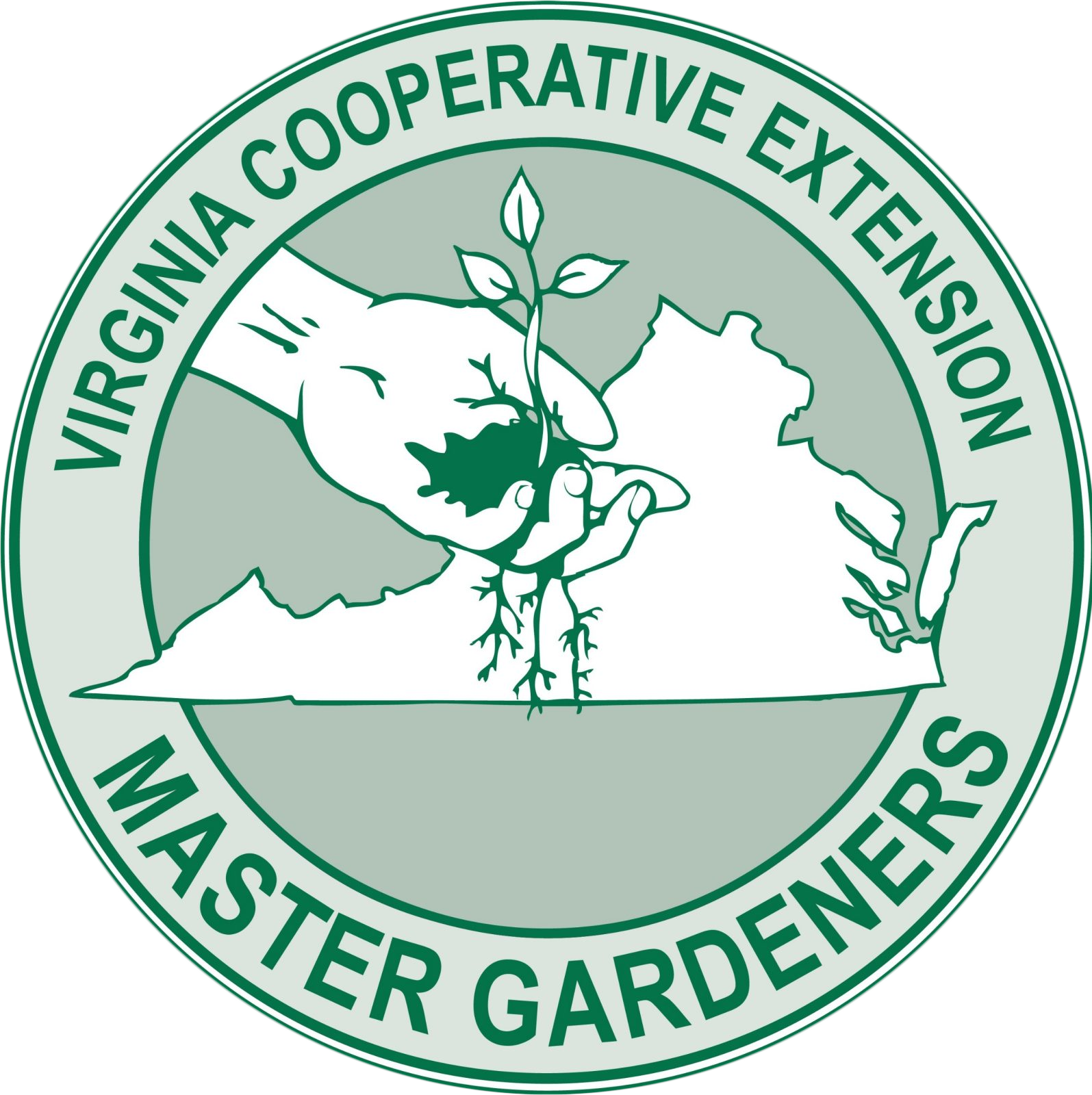WELCOMING BUTTERFLIES TO THE GARDEN
Winter is over. At least, that is my hope. Mother Nature can be fickle. Last year, when I became a certified Green Spring Master Gardener (GSMG) I learned two important lessons. First, I didn’t know as much about gardening as I thought and, second, you can’t predict what Mother Nature will do.
All my classes for the GSMG program were outstanding. Since completing the program, I have planted more Virginia native plants in my garden. I am now interested in attracting more butterflies and providing an inviting environment that will keep them around. In the past I’ve had butterflies, but they never stayed long enough to make my garden their home. They liked the flowering plants, but my garden wasn’t their sanctuary. My new goal is to attract a variety of butterflies while providing a place where they can grow and multiply. I now know that most flowering plants will attract them but not keep them around. All flowers are not equal in their compound eyes. They want flowers that will feed them but also allow them to lay eggs. Plants must fulfill one of their two requirements – nectar plants that will provide energy and food plants that feed caterpillars.
Alonson Abugatto, a Master Gardener, Virginia Master Naturalist, and co-founder of the Washington Area Butterfly Club, says that butterflies’ favorite flower colors include purple, yellow, white and blue. Red is not usually visible to many species of butterflies. They also prefer fragrant flowers.
As I plan my spring garden, I’m reading and researching butterflies. The Virginia Cooperative Extension has a good publication on creating habitats. Most flowering plants will provide nectar, but I’ve learned that you need to find what works best in your location. Since some plants will serve as both nectar and caterpillar food, I want to plant these and provide double duty offerings for my guests. The wider range of nectar plants, the more species I’ll attract. Butterflies like gardens that imitate the way plants grow in the wild and provide shelter. My structured garden needs work, although I do have lots of trees and shrubs where they can shelter for the night to hide from predators. I have available water, puddling stations and essential sunlight.
I have joined the North American Butterfly Association (NABA). The organization has a great deal of information on Butterfly Garden Guides, blogs, Monarchs, and even Butterfly Garden plants. I’ve determined that I’ll add some plants to my plantings that the NABA suggests. I signed on for some blogs, but I caution that the intensity of some of these butterfly lovers includes demonstrating at local construction sites to protect the environment.
The NABA also offers a “Butterfly Garden Certification Program.” Perhaps one day my garden will qualify for it. I’m continuing to plan my garden, increasing my butterfly knowledge on what to plant, and realizing that I must convince my husband that we need to move and get more gardening space. I will check out the Master Gardener talks to see if there are any on butterflies.
If you want to see butterflies in our area this summer, visit Green Spring Gardens at 4603 Green Spring Road, Alexandria. Those are gardens with butterfly variety!
Happy garden planning. Spring arrives March 20.
Author Gioia Caiola Forman is a Green Spring Gardens Master Gardener.
